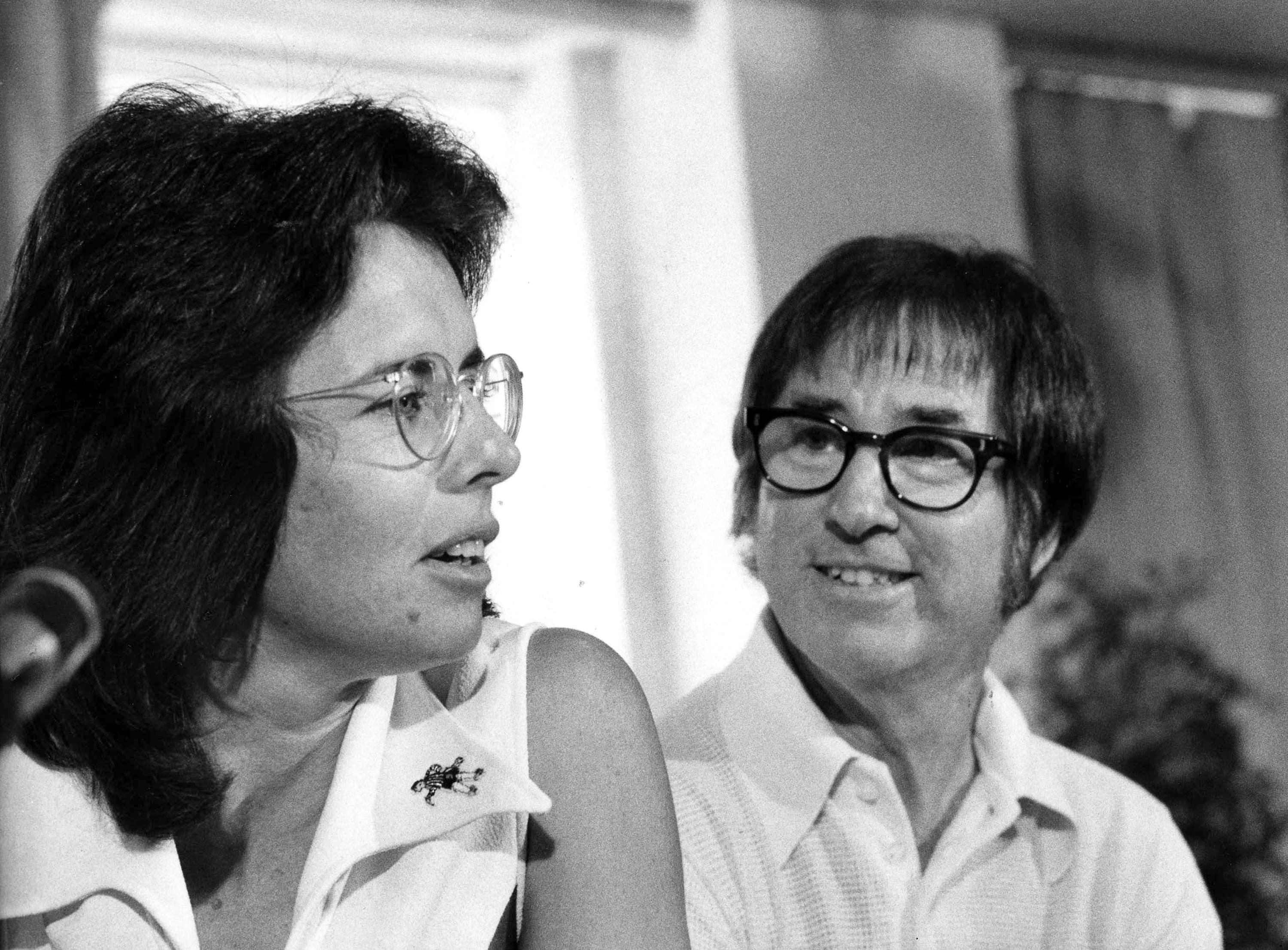A parachute that was reportedly attached to pigeons to carry handwritten messages during World War II has been found after roughly 80 years.
A family recently donated the rare item to the House on the Hill Toy Museum in Standsted, Essex, England, and said the parachute was discovered in an old shoebox.
The parachute was stored inside the home of a deceased woman who is being referred to as Mrs. Ellington. It was Ellington’s relatives who spotted the shoebox that contained items and documents related to D-Day – including the pigeon parachute.
WWII VETERAN, 100, FINALLY RECEIVES HIS COLLEGE DIPLOMA NEARLY 60 YEARS AFTER GRADUATION
The parachute was thought to have been used before the landings of D-Day on June 6, 1944, according to SWNS.
The pigeon parachute was reportedly used to deliver secret messages during World War II. (SWNS)
The unique parachute find is now on display at the D-Day exhibition at the House on the Hill Toy Museum, which showcases toys and other vintage artifacts.
The method of sending messages via carrier pigeon is “one of the oldest methods of long-distance communication,” according to International Military Antiques (IMA), a New Jersey-based company that sells military collectibles and memorabilia.
Carrier pigeons were originally used by the Romans over 2,000 years ago and during World War I, IMA’s website says.
“At the urging of General of the Armies John Pershing, the US Army Signal Corps established a pigeon service in 1917,” IMA reported.
Although technology was improving, World War II still saw carrier pigeons as a way to communicate in emergencies.
This particular pigeon parachute was reportedly used closer to D-Day in 1944. (SWNS)
IMA added that “wherever the Army, Navy, Coast Guard or Marines went, pigeons likely went too.”
IMA explained that pigeons were typically identified by a unique name or number and sometimes carried a large variety of information in the parachute.
“Taken across enemy lines by patrols in pursuit of valuable information, they returned with news on the location and strength of enemy troops, gun positions, pending attacks, traffic conditions and other vital data,” the company’s website noted.
This was helpful when the means of communication were limited.
CLICK HERE TO SIGN UP FOR OUR LIFESTYLE NEWSLETTER
“Pigeons were the only means of communication for some advanced observation posts where terrain or proximity to enemy lines made it impossible to string wire or use a radio.”
The 1937 version of the pigeon carrier had a large parachute and box attachment for messages. (Austrian Archives/Imagno/Getty Images)
The pigeon parachute that’s on display in House on the Hill Toy Museum was reportedly a later model. In earlier years, a cage was attached to the parachute to allow pigeons to be dropped from aircrafts to isolated troops.
Prior to the June 1944 Normandy invasion, also known as D-Day, pigeons in parachutes dropped messages over the countryside to alert French civilians of German troops’ whereabouts, per IMA.
Fox News Digital reached out to the House on the Hill Museum for comment.
For more Lifestyle articles, visit www.foxnews/lifestyle
Brittany Kasko is a lifestyle production assistant with Fox News Digital.




